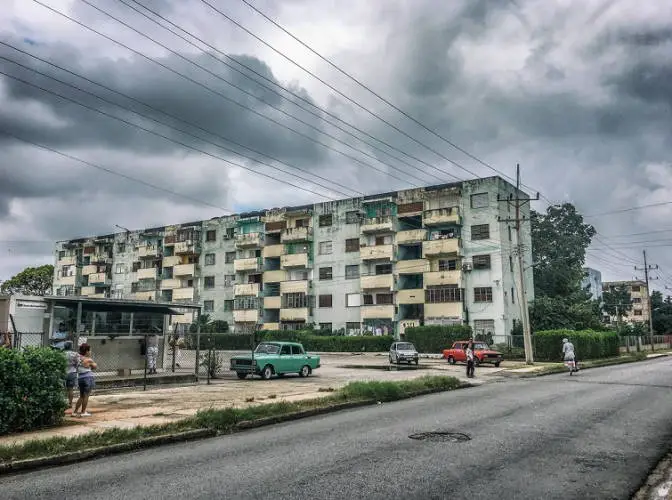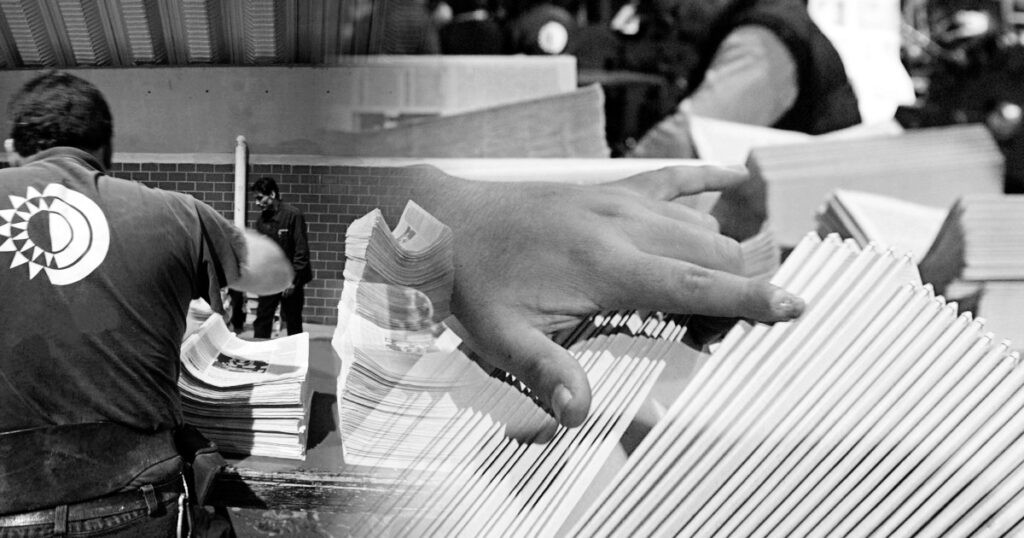MIAMI, United States. — The multi-family buildings built in Cuba after 1959, known as micro-brigade buildings, were the definitive commitment of Castroism to austerity and the degradation of the urban environment.
These buildings, spread over almost all the country’s provinces, mark a break with the architectural richness that characterized the Island since the colonial period.
One of the great victims of these inventions was Havana, which with the revolutionary triumph began to convert some of its areas into dormitory cities, where hundreds of thousands of people from the most humble sectors settled.
Thus, numerous neighborhoods of what are now the municipalities of Marianao, La Lisa, Habana del Este, Boyeros and Arroyo Naranjo began to fill their geography with “blocks”.
The micro brigade buildings not only tarnish the landscape of the capital and other provinces, but also lack optimal conditions to be inhabited. In most cases, they have been built by their own occupants, many of whom are unaware of the basic rules of property construction.
Misconceptions in water, gas and electricity installations are common in these buildings. Likewise, having been conceived with few resources, they tend to be victims of rapid deterioration.
Despite this, Cubans can aspire to little more in a country that has one of its great problems in the scarcity and poor condition of the housing fund.
Receive information from CubaNet on your cell phone through WhatsApp. Send us a message with the word “CUBA” on the phone +525545038831, You can also subscribe to our electronic newsletter by giving click here.
The post Micro-brigade buildings: what Castro’s architecture left us appeared first on CubaNet.
















